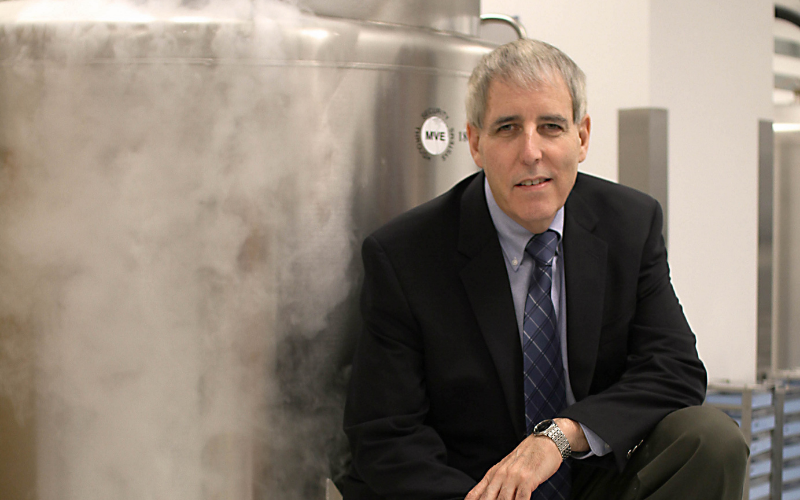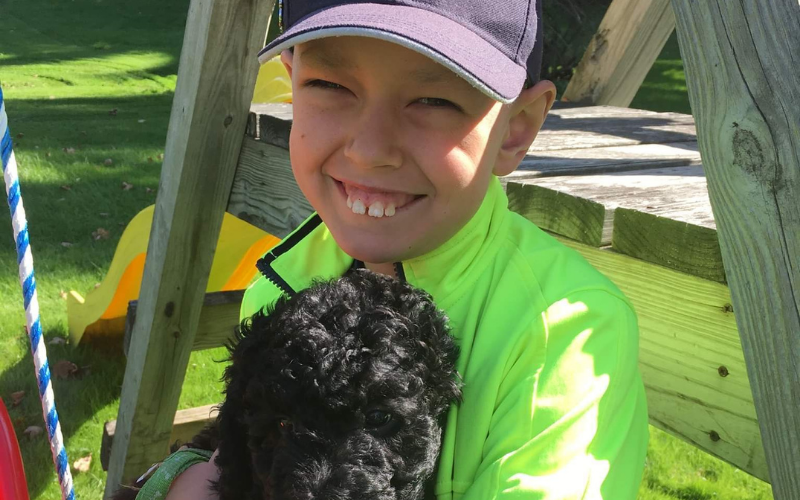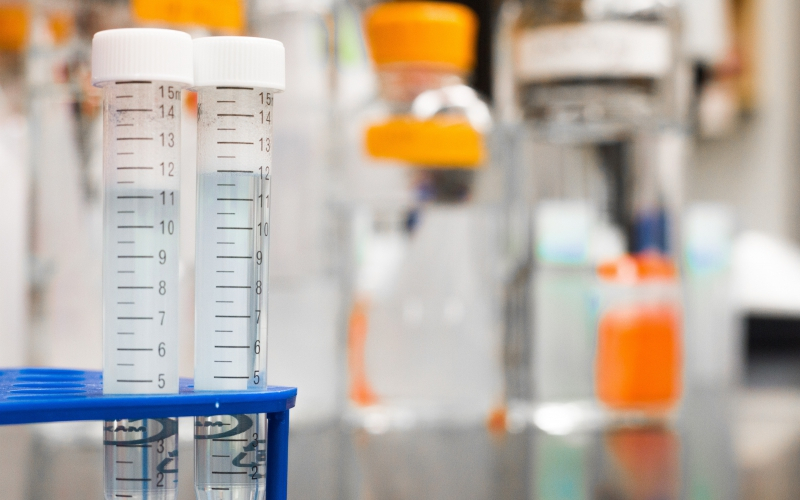The Childhood Cancer Blog
The Childhood Cancer Blog
Chemotherapy has long been a part of the frontline treatment plan for kids battling high-risk neuroblastoma. But when neuroblastoma becomes chemotherapy resistant, doctors are left with a dwindling list of options for children, who are desperate for cures.
For these children, it is critical that researchers work to understand what causes this chemotherapy resistance and then find a therapy that works. One Alex’s Lemonade Stand Foundation (ALSF) researcher, Dr. Patrick Reynolds, made a discovery that could be a game changer.
Using cancer tumor models and cell lines... Read More
Ethan’s parents were concerned.
In March 2018, Ethan was suddenly unsteady on his feet. Lying on his side made him dizzy, and he started sleeping more than normal. His parents took him to see multiple specialists, but none could tell what was wrong. Daily vomiting turned into hourly vomiting, until finally an MRI revealed a brain tumor.
The shock that Ethan’s family felt was indescribable, and their worries only grew as, that same week, Ethan was scheduled for surgery. Thankfully, surgeons were able to remove the tumor and Ethan began radiation treatment to rid his body... Read More
Fusion proteins have been identified as major drivers of many childhood cancers. Fusion proteins arise when a piece of chromosome breaks off and combines with another chromosome. Chromosomal rearrangements such as this can form new genes, fusion genes, that when expressed produce a fusion protein. Sometimes these fusion proteins lead to cancer by reprogramming activities in the cell that cause uncontrolled growth of cells.
You might be wondering, if fusion oncoproteins can lead to cancer, why can’t we simply target them with a drug? Many of the fusion oncoproteins in childhood... Read More
Pages



